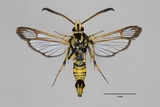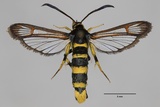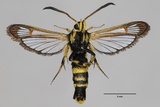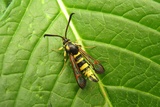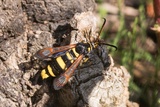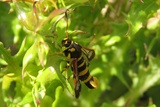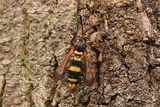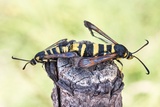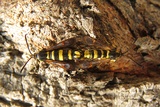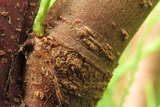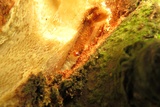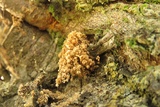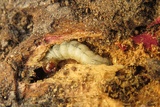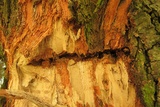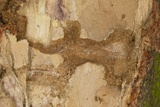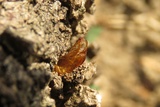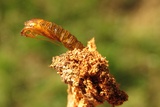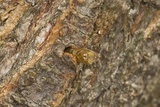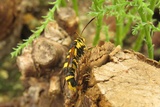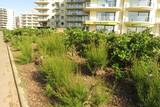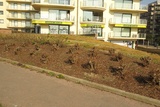Synanthedon theryi Le Cerf, 1916 Species
Last modified: Nov. 21, 2025, 7:10 p.m.
The presence of the species was first established in 2021. However, judging by the number of specimens and the old exit holes, it can be estimated that S. theryi has been breeding on the Belgian coast for at least 5 years in high density.
Data Deficient due to a lack of sufficient data according to the IUCN Red List category for Flanders 2023.
Details
- Classification
- Family: Sesiidae > Subfamily: Sesiinae > Tribus: Synanthedonini > Genus: Synanthedon > Species: Synanthedon theryi
- Vernacular names
- Tamariskwespvlinder (NL), La Sésie du Tamaris (FR), Tamarisken-Glasflügler (DE)
- First mention in Belgium
- Meert R. 2023. Synanthedon theryi Le Cerf, 1916 (Lepidoptera: Sesiidae) duikt op aan Belgische en Noord-Franse kust — Phegea 51(1): 9-17. On page .
- Status
-
Native
Distribution
Bionomics
The larva lives in a gallery beneath the bark of different Tamarix species. The gallery is often made horizontally in the bark. Yellow frass is ejected out of a tiny hole but it doesn't always remain visible.
The larva hibernates only once. Before pupation it constructs a tight cocoon at the end of the gallery, with a thin piece of bark remaining to cover the exit hole until emergence.
Due to the extended flight period, larvae can be found all year round in different stages of development .
After emergence (mostly between 10:30 and 13:30) females start to lure immediately. Around noon, freshly emerged adults can be found resting on the trunks of the host plant. After mating, which lasts less than one hour, the eggs are laid in crevices and grooves in the bark of trunks and branches of the host plant. Rather big trees and shrubs are preferred.
Males are attracted by the Pherobank pheromone lure intended for Bembecia ichneumoniformis.
Flight periods
In Belgium, adults can be observed from late May until early September. Males are attracted to pheromone lures mainly between 11:00 and 16:00.
Observed on
- Host plant (species):
- Tamarix africana and Tamarix gallica
- Host plant (genera):
- Tamarix
Larvae are found in the bark of different Tamarix species (Tamarix gallica, T. tetrandra, T. africana, T. boveana).

